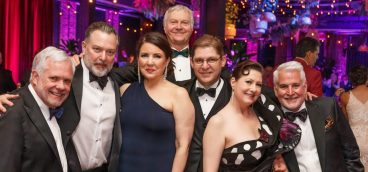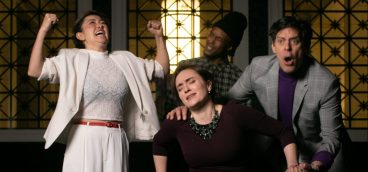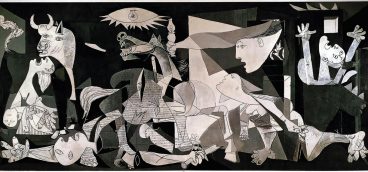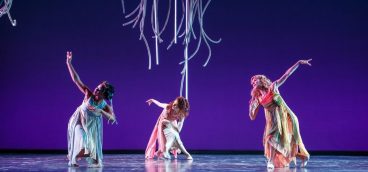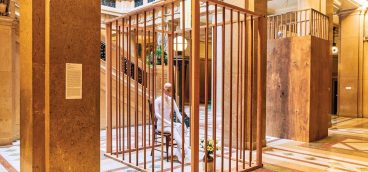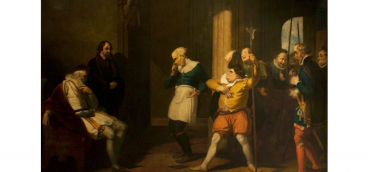Pittsburgh Ballet Theatre: On the Threshold of a New Era
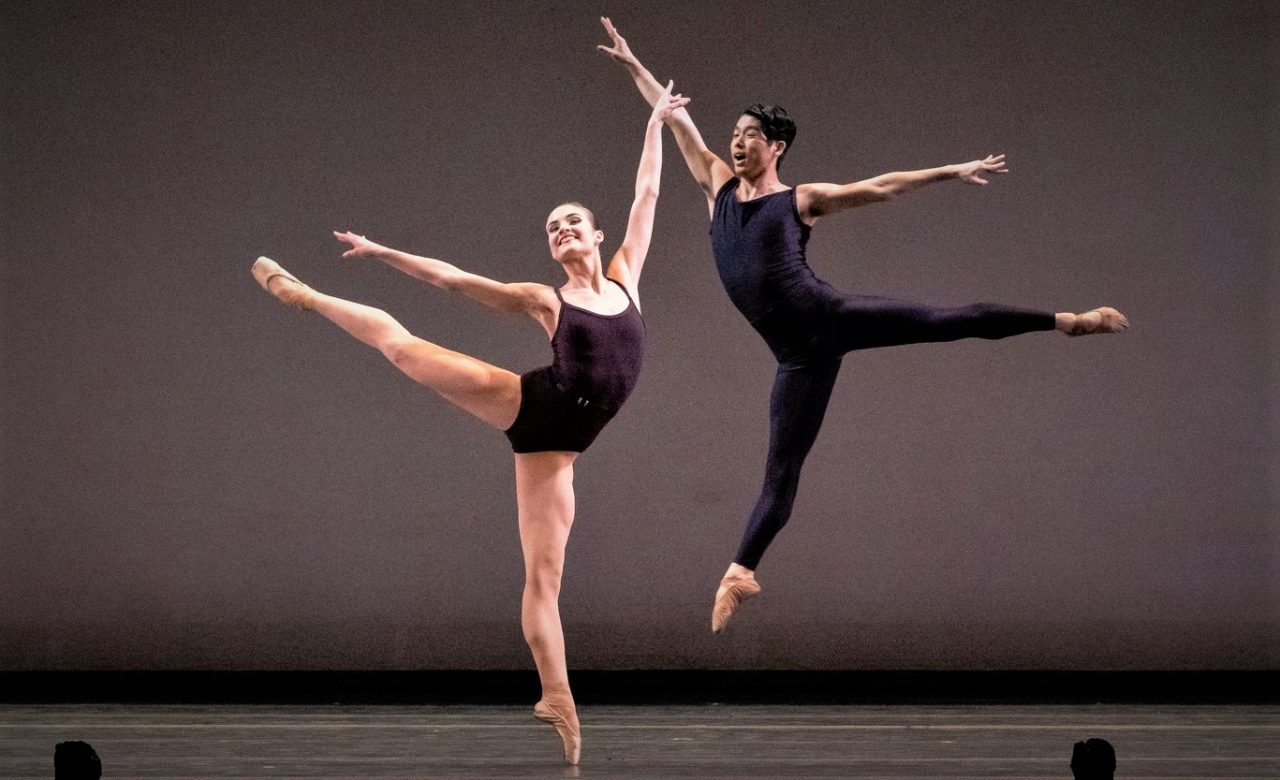
Watching Pittsburgh Ballet Theatre’s latest production, “Balanchine and Beyond,” reminded me of the first time I saw the work of the visionary film director Sergei Eisenstein, and encountered cinematography as a form of rapture, instead of the mere recording of imagery. PBT’s three-work production — subtitled “The Masters Program” — comprising contemporary, modernist, and neoclassical choreography, stands as testament to how enthralling dance can be when it is performed with the aesthetic synergy of movement, light, and music.
Judging by this show, it appears that PBT is on the threshold of becoming the kind of effulgent theatrical institution that most cities would beg to have. And I use the word threshold not to indicate that something is lacking; rather, that things are evolving, as the company has just appointed a new artistic director, Adam McKinney, who seems poised to take what is already successful to an even higher level.
McKinney, whose eclectic background includes experience as a dancer, professor, choreographer, and State Department Cultural Envoy, brings a dynamic enthusiasm to his new role. He told me he is “working to demystify ballet by making the form accessible to all people, bringing in new works and choreographers, and working in and with communities to ensure that they know that they belong in ballet and at PBT.”

If this recent production is any indication, we should be in for an exciting journey. The initial work, “1st Flash,” is by Finnish choreographer Jorma Elo, and is set to Sibelius’s moving “Violin Concerto in D Minor.” Performed by six dancers – three women and three men, often paired – the piece has a mechanistic rhythm, corresponding to the staccato violin phrasings in the score, which are all the more enhanced by the live musical execution of the PBT Orchestra.
The dancers appear to be propelled by forces exogenous to their bodies, much like the machine parts in a clock, which evokes a subtle Chaplinesque quality as evinced in the film “Modern Times.” Starting in almost total darkness and illuminated by a floating monolith similar in dimension to the monolith in the film “2001: A Space Odyssey,” the dancers maneuver through a dreamscape of sculptural moments like the gears in an undulating soft machine.
The second work, “Polyphonia,” choreographed by Christopher Wheeldon, begins in what could be a Modernist version of Plato’s cave — with four bright downstage lights illuminating the eight dancers, casting giant overlapping shadows behind them — and progresses through 10 vignettes based on piano music by György Ligeti, the avant-garde Hungarian composer. At times tender, comic, and mysterious, this work is written like a love letter from modernism to neoclassicism, as if the former wanted to apologize to the latter for its inherent abstraction, by projecting a sense of organic purpose in its elaboration. In one of the vignettes, lighting designer Mark Stanley’s illumination is so subtle, the dancers flow through a kind of sfumato mist as if they had leapt out of a Renaissance painting and onto the stage, without coming into focus.
The third work, George Balanchine’s “Theme and Variations,” is set to the final movement of Tchaikovsky’s “Suite No. 3 for Orchestra in G Major,” and incorporates the entire company, resplendent in pancake tutus and ornamental tunics, while performing under an immense, classical chandelier, in the manner of a mid-century, technicolor fantasy. Grand, bold, and invested with a dazzling sense of neoclassical rigor, this piece caps an evening that demonstrates anything is possible at the Pittsburgh Ballet.

I asked director McKinney if the company would take a cautious post-pandemic approach to its upcoming program choices, and he responded that it would not, as “PBT has always had a balanced mix of classical and contemporary ballets, and I look forward to continuing this tradition.” On the issue of live music, which has not always been utilized in recent years, he responded that “PBT has currently secured funding for live music for at least two productions every season for the next 50 years,” which is certainly wonderful news.
PBT’s next presentation is “The Sleeping Beauty” which will be performed with the PBT Orchestra from May 19 – 21st, and will include a student matinee as well as a professional development workshop. Director McKinney stressed that the slogan for the 2023-2024 season is “Come Dance With Us,” and this means “we will be announcing new and more opportunities for engagement, including our new ‘Open Air’ series of performances, professional development opportunities for classroom teachers, off-stage opportunities to engage with our fabulous artists, new classes through our Dance and Wellness department, and more.” So, if you’ve been thinking about experiencing the Pittsburgh Ballet, this is the perfect time, whether for entertainment, education, or experiencing a transcendent artform.
The most vibrant and successful institutions are not those that have arrived at something, but those that are never done becoming something, that is, becoming something greater. To quote the nineteenth-century poet and critic Matthew Arnold, “Not a having and a resting, but a growing and a becoming is the character of perfection as culture conceives it.” This certainly could be the motto for the Pittsburgh Ballet in the exciting years to come.
For further information or tickets contact pbt.org or 412-456-6666.


